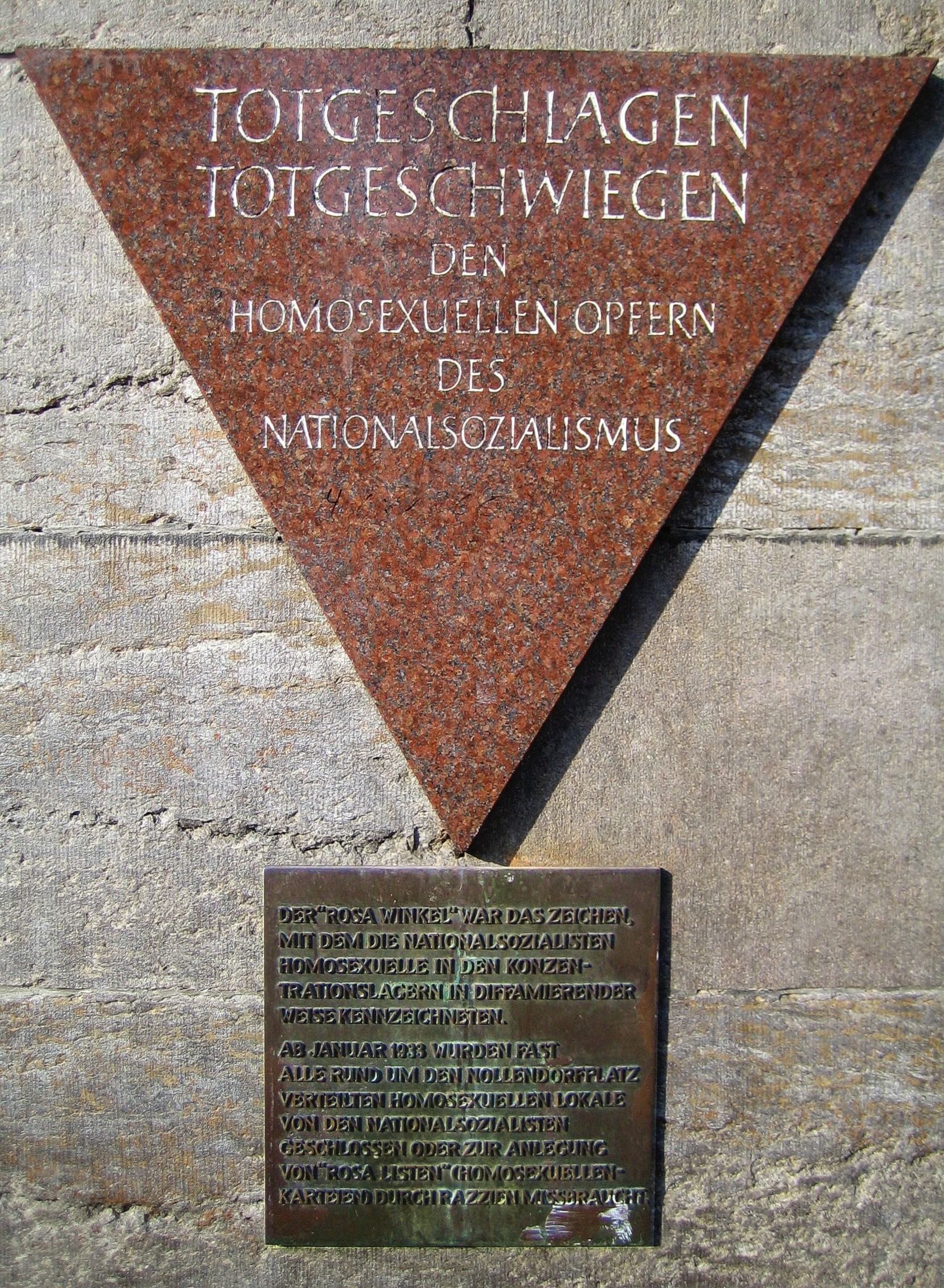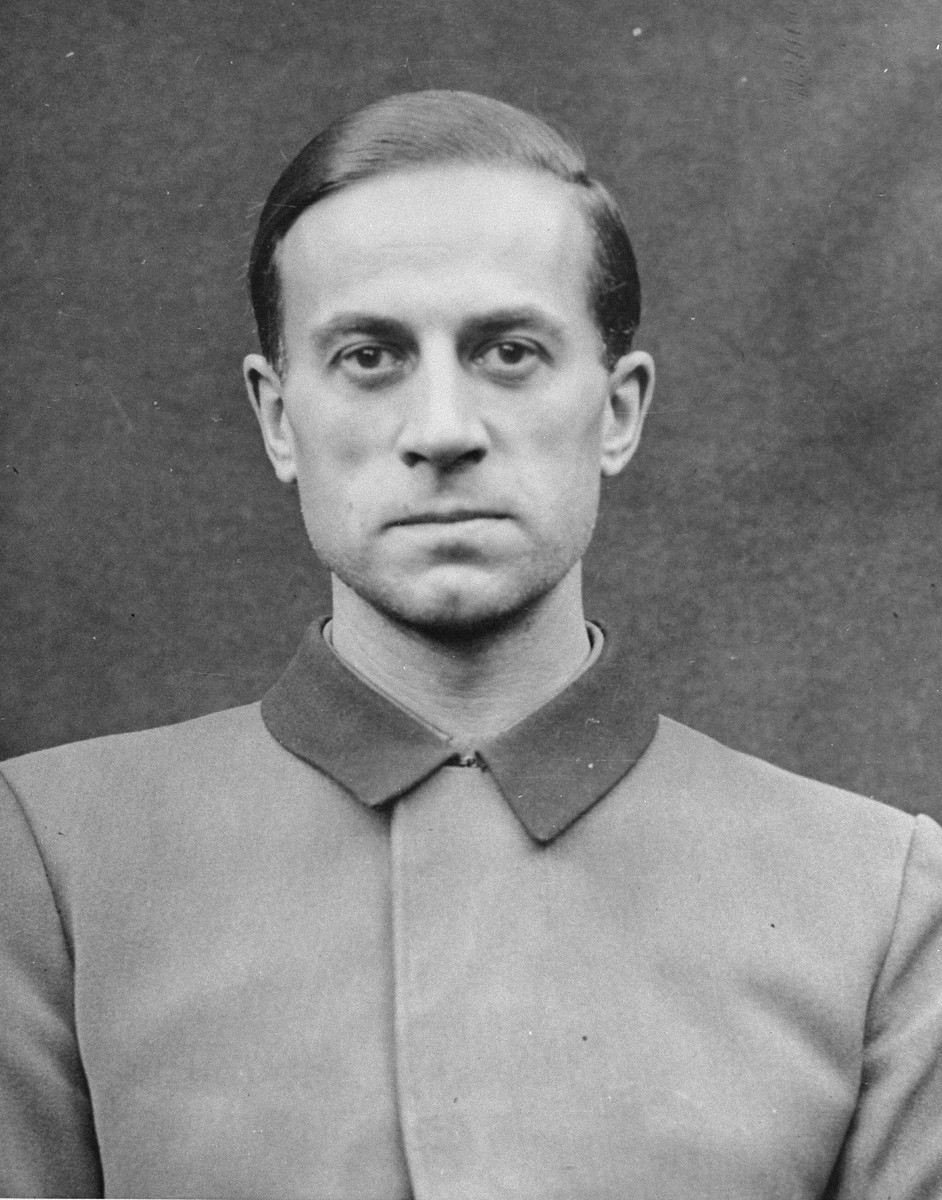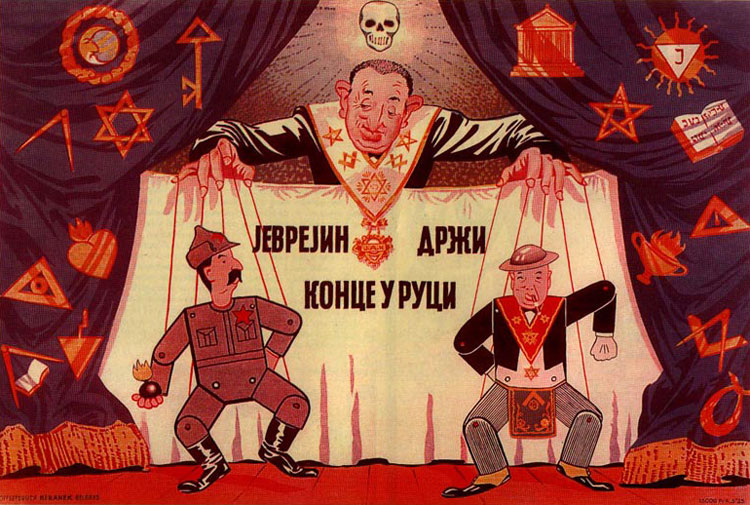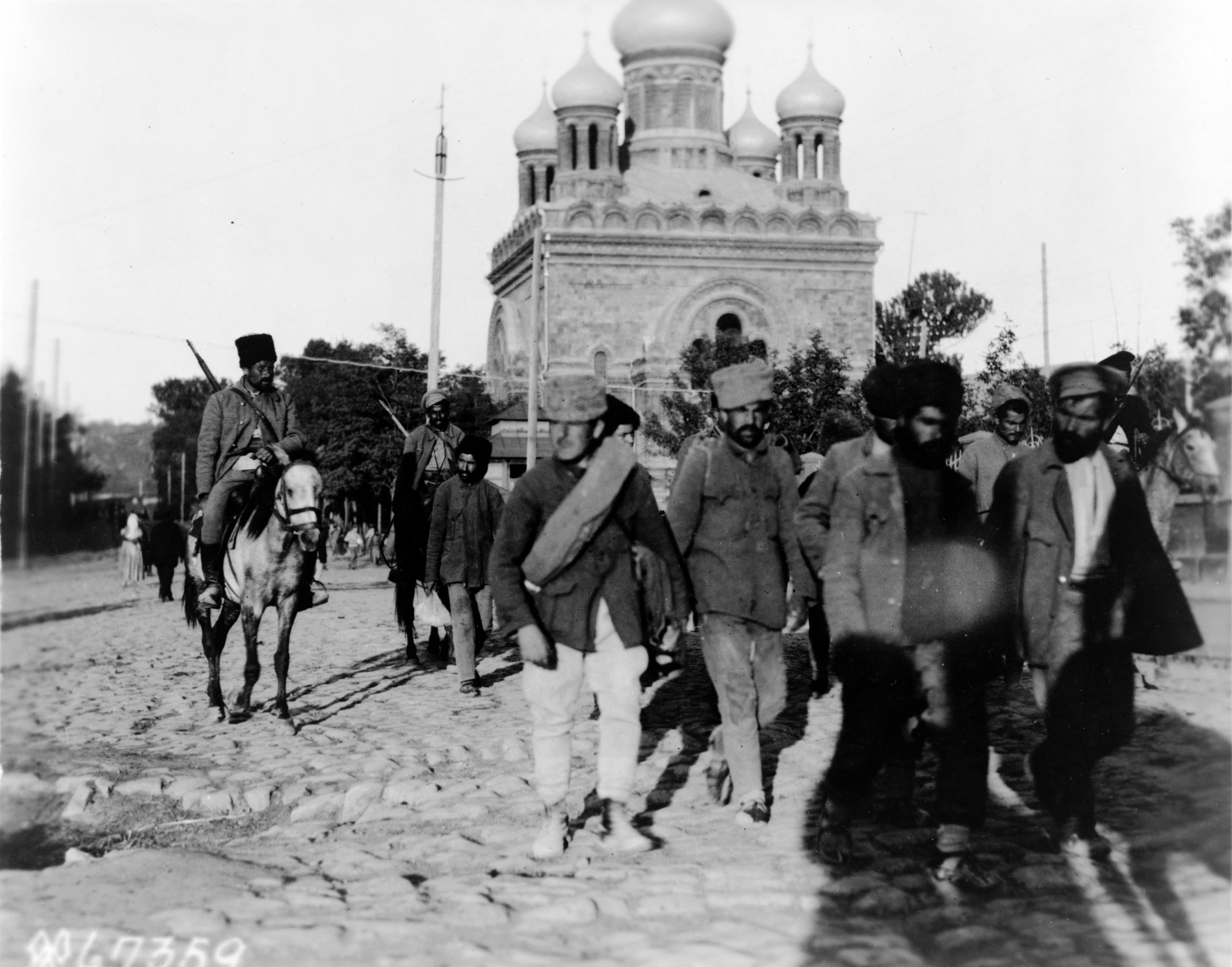|
Stolperstein
A (; plural ) is a concrete cube bearing a brass plate inscribed with the name and life dates of victims of Nazi extermination or persecution. Literal translation, Literally, it means 'stumbling stone' and metaphorically 'stumbling block'. The project, initiated by the German artist Gunter Demnig in 1992, aims to commemorate persons at the last place that they chose freely to reside, work or study (with exceptions possible on a case-by-case basis) before they fell victim to Nazi terror, Aktion T4, forced euthanasia, Nazi eugenics, eugenics, deportation to a Nazi concentration camp, concentration or extermination camp, or escaped persecution by emigration or suicide. , 100,000 have been laid, making the project the world's largest decentralized memorial. The majority of commemorate Jewish victims of the Holocaust. Others have been placed for Sinti#The Holocaust, Sinti and Porajmos, Romani people (then also called "gypsies"), The Holocaust in Poland, Poles, Persecution o ... [...More Info...] [...Related Items...] OR: [Wikipedia] [Google] [Baidu] |
Gunter Demnig
Gunter Demnig (born 27 October 1947) is a German artist. He is best known for his ''Stolperstein'' ("stumbling block") memorials to the victims of Nazi persecution, including Jews, homosexuals, Romani people, Romani and the disabled. The project places engraved brass stones in front of a former residence for a Holocaust victim who was deported and murdered by Nazi Germany. The memorial effort began in Germany and has since spread, with more than 100,000 stones placed across 26 countries in Europe. Biography Gunter Demnig was born in Berlin. He grew up in Nauen and Berlin and completed high school acquiring his ''abitur'' in 1967. Later that year, he began studying creative education at Berlin University of the Arts with Professor Herbert Kaufmann. From 1969 to 1970, he studied industrial design there. In 1971, he transferred to the ''Kunsthochschule Kassel'', resuming his study of creative education and passed the first state examination in 1974. That same year, he began stud ... [...More Info...] [...Related Items...] OR: [Wikipedia] [Google] [Baidu] |
Persecution Of Homosexuals In Nazi Germany And The Holocaust
Before 1933, male homosexual acts were illegal in Germany under Paragraph 175 of the German Criminal Code. The law was not consistently enforced, however, and a thriving gay culture existed in major German cities. After the Nazi takeover in 1933, the first homosexual movement's infrastructure of clubs, organizations, and publications was shut down. After the Röhm purge in 1934, persecuting homosexuals became a priority of the Nazi police state. A 1935 revision of Paragraph 175 made it easier to bring criminal charges for homosexual acts, leading to a large increase in arrests and convictions. Persecution peaked in the years prior to World War II and was extended to areas annexed by Germany, including Austria, the Czech lands, and Alsace–Lorraine. The Nazi regime considered the elimination of all manifestations of homosexuality in Germany one of its goals. Men were often arrested after denunciation, police raids, and through information uncovered during interr ... [...More Info...] [...Related Items...] OR: [Wikipedia] [Google] [Baidu] |
:en:Wehrkraftzersetzung
''Wehrkraftzersetzung'' or ''Zersetzung der Wehrkraft'' (German for "corroding of defensive strength") was a sedition offence in German military law during the Nazi Germany era from 1938 to 1945. ''Wehrkraftzersetzung'' was enacted in 1938 by decree as Germany moved closer to World War II to suppress criticism of the Nazi Party and ''Wehrmacht'' leadership in the military, and in 1939, a second decree was issued extending the law by defining all German people as civilians subject to service discipline.The term is nuanced, making it difficult to translate in a way that clearly conveys its sense. In picking any equivalent word, the translator necessarily leaves out all the others. The word ''Zersetzung'' means "decomposition", "corrosion", "disintegration", "putrefaction", "degradation" or "degrading", but is also used figuratively to mean "subversion" and "disruptiveness". The word ''Wehrkraft'' translates verbatim as "military power" or "military strength". See the translatio ... [...More Info...] [...Related Items...] OR: [Wikipedia] [Google] [Baidu] |
Aktion T4
(German, ) was a campaign of Homicide#By state actors, mass murder by involuntary euthanasia which targeted Disability, people with disabilities and the mentally ill in Nazi Germany. The term was first used in post-WWII, war trials against doctors who had been involved in the killings. The name T4 is an abbreviation of 4, a street address of the Chancellery department set up in early 1940, in the Berlin borough of Tiergarten, Berlin, Tiergarten, which recruited and paid personnel associated with Aktion T4. Certain German physicians were authorised to select patients "deemed incurably sick, after most critical medical examination" and then administer to them a "mercy death" (). In October 1939, Adolf Hitler signed a "euthanasia note", backdated to 1 September 1939, which authorised his physician Karl Brandt and ''Reichsleiter'' Philipp Bouhler to begin the killing. The killings took place from September 1939 until the end of World War II in Europe in 1945. Between 275,00 ... [...More Info...] [...Related Items...] OR: [Wikipedia] [Google] [Baidu] |
GS 0793-Peralta
GS may stand for: Businesses and organizations * Goldman Sachs, one of the world's largest global investment banks * Global Star Software, a former Canadian video game publisher * GS (Swedish union), a trade union in Sweden * GS Group, a Korean company that is a spin-off from the LG Group * Columbia University School of General Studies, one of three undergraduate colleges at Columbia University in New York City * Génération.s, a political party in France * Freedom Movement (Slovenia) ), a political party in Slovenia * Tianjin Airlines, by IATA code Music * GS Boyz (explicitly G-Spot Boyz), an American hip hop group from Arlington, Texas, Places * Gansu, a province of China (Guobiao abbreviation GS) * South Georgia and the South Sandwich Islands (ISO country code GS), a British Overseas Territory in the southern Atlantic Ocean Science and technology Biology and medicine * Gs alpha subunit, a subtype of G-protein coupled receptors * Gilbert's syndrome, a liver enzyme dis ... [...More Info...] [...Related Items...] OR: [Wikipedia] [Google] [Baidu] |
Suppression Of Freemasonry
Anti-Masonry (alternatively called anti-Freemasonry) is "avowed opposition to Freemasonry",''Oxford English Dictionary'' (1979 ed.), p. 369. which has led to multiple forms of religious discrimination, violent persecution, and suppression in some countries as well as in various organized religions (primarily Abrahamic religions). That said, there is no homogeneous anti-Masonic movement. Anti-Masonry consists of radically differing criticisms from frequently incompatible political institutions and organized religions that oppose each other, and are hostile to Freemasonry in some form. Early anti-Masonic documents The earliest known anti-Masonic document was a leaflet which was printed in 1698 by a Presbyterian minister who was named Winter. It reads: TO ALL GODLY PEOPLE, In the Citie of London. Having thought it needful to warn you of the Mischiefs and Evils practiced in the Sight of God by those called Freed Masons, I say take Care lest their Ceremonies and secret Swearings tak ... [...More Info...] [...Related Items...] OR: [Wikipedia] [Google] [Baidu] |
Resistance During World War II
During World War II, resistance movements operated in German-occupied Europe by a variety of means, ranging from non-cooperation to propaganda, hiding crashed pilots and even to outright warfare and the recapturing of towns. In many countries, resistance movements were sometimes also referred to as The Underground. The resistance movements in World War II can be broken down into two primary politically polarized camps: * the Internationalism (politics), internationalist and usually Communist Party-led anti-fascist resistance that existed in nearly every country in the world; and * the various nationalist groups in German-occupied Europe, German- or Soviet-Military occupation, occupied countries, such as the Second Polish Republic, Republic of Poland, that opposed both Nazi Germany and the Communists. While historians and governments of some European countries have attempted to portray resistance to Nazi occupation as widespread among their populations, only a small minority of p ... [...More Info...] [...Related Items...] OR: [Wikipedia] [Google] [Baidu] |
Confessing Church
The Confessing Church (, ) was a movement within German Protestantism in Nazi Germany that arose in opposition to government-sponsored efforts to unify all of the Protestant churches into a single pro-Nazi German Evangelical Church. See drop-down essay on "Unification, World Wars, and Nazism" Demographics The following statistics (as of January 1933 unless otherwise stated) are an aid in understanding the context of the political and theological developments discussed in this article. *Number of Protestants in Germany: 45 million *Number of free church Protestants: 150,000 *Largest regional Protestant church: Evangelical Church of the Old Prussian Union (), with 18 million members, the church strongest in members in the country at the time. *Number of Protestant pastors: 18,000 **Number of Protestant pastors who strongly adhered to the beliefs of the " German Christian" church faction as of 1935: 3000 **Number of Protestant pastors who strongly adhered to the beliefs of ... [...More Info...] [...Related Items...] OR: [Wikipedia] [Google] [Baidu] |
Catholic Church And Nazi Germany
Popes Pius XI (1922–1939) and Pius XII (1939–1958) led the Catholic Church during the rise and fall of Nazi Germany. Around a third of Germans were Catholic in the 1930s, most of whom lived in Southern Germany; Protestants dominated the north. The Catholic Church in Germany opposed the NSDAP, and in the 1933 elections, the proportion of Catholics who voted for the Nazi Party was lower than the national average. Nevertheless, the Catholic-aligned Centre Party voted for the Enabling Act of 1933, which gave Adolf Hitler additional domestic powers to suppress political opponents as Chancellor of Germany. President Paul Von Hindenburg continued to serve as Commander and Chief and he also continued to be responsible for the negotiation of international treaties until his death on 2 August 1934. Hitler and several other key Nazis had been raised as Catholics but they became hostile to the Church in their adulthood; Article 24 of the National Socialist Program called for conditio ... [...More Info...] [...Related Items...] OR: [Wikipedia] [Google] [Baidu] |
Deserters
Desertion is the abandonment of a military duty or Military base, post without permission (a Pass (military), pass, Shore leave, liberty or Leave (U.S. military), leave) and is done with the intention of not returning. This contrasts with unauthorized absence (UA) or absence without leave (AWOL ), which are temporary forms of absence. Desertion versus absence without leave In the United States Army, United States Air Force, British Armed Forces, Australian Defence Force, New Zealand Defence Force, Singapore Armed Forces and Canadian Forces, Canadian Armed Forces, military personnel will become AWOL if absent from their post without a valid Pass (military), pass, Shore leave, liberty or Leave (U.S. military), leave. The United States Marine Corps, United States Navy, and United States Coast Guard generally refer to this as unauthorized absence. Personnel are dropped from their Military organization, unit rolls after thirty days and then listed as ''deserters''; however, as ... [...More Info...] [...Related Items...] OR: [Wikipedia] [Google] [Baidu] |
International Brigades
The International Brigades () were soldiers recruited and organized by the Communist International to assist the Popular Front (Spain), Popular Front government of the Second Spanish Republic during the Spanish Civil War. The International Brigades existed for two years, from 1936 until 1938. It is estimated that during the entire war, there were some 32,000 Brigaders. Beyond the Spanish Civil War, "International Brigades" is also sometimes used interchangeably with the term List of foreign volunteers, foreign legion in reference to military units comprising foreigners who volunteer to fight in the military of another state, often in times of war. The headquarters of the brigade was located at the Gran Hotel, Albacete, Castilla-La Mancha. They participated in the battles of Battle of Madrid, Madrid, Battle of Jarama, Jarama, Battle of Guadalajara, Guadalajara, Battle of Brunete, Brunete, Battle of Belchite (1937), Belchite, Battle of Teruel, Teruel, Aragon Offensive, Aragon and ... [...More Info...] [...Related Items...] OR: [Wikipedia] [Google] [Baidu] |
Spanish Civil War
The Spanish Civil War () was a military conflict fought from 1936 to 1939 between the Republican faction (Spanish Civil War), Republicans and the Nationalist faction (Spanish Civil War), Nationalists. Republicans were loyal to the Left-wing politics, left-leaning Popular Front (Spain), Popular Front government of the Second Spanish Republic. The opposing Nationalists were an alliance of Falangism, Falangists, monarchists, conservatives, and Traditionalism (Spain), traditionalists led by a National Defense Junta, military junta among whom General Francisco Franco quickly achieved a preponderant role. Due to the international Interwar period#Great Depression, political climate at the time, the war was variously viewed as class struggle, a War of religion, religious struggle, or a struggle between dictatorship and Republicanism, republican democracy, between revolution and counterrevolution, or between fascism and communism. The Nationalists won the war, which ended in early 1939, ... [...More Info...] [...Related Items...] OR: [Wikipedia] [Google] [Baidu] |








